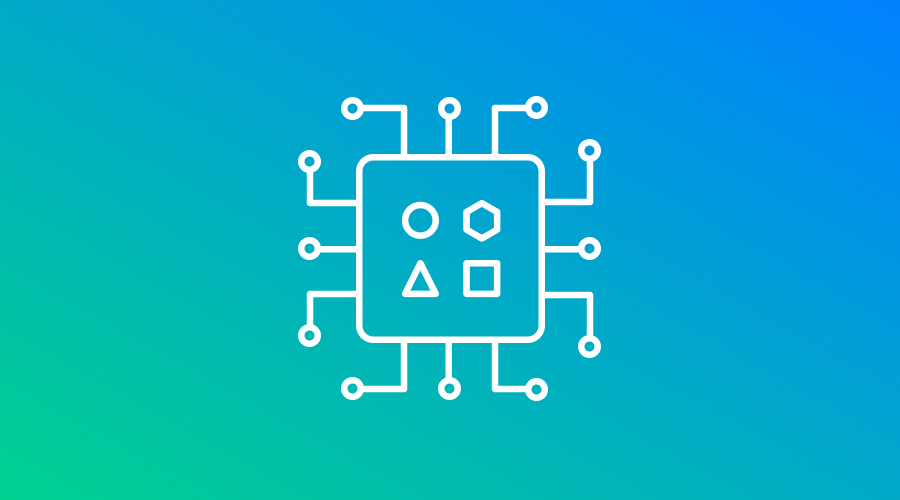Configuring complex products has long been a challenge for businesses in industries like manufacturing, enterprise software, and telecommunications. Traditional rule configuration places the burden on CPQ administrators to manually define dependencies, constraints, and pricing logic. Errors and inefficiencies aside, the resulting increase in the length of the sales cycle can significantly impact revenue growth.
AI is revolutionizing this process, automating rule generation, reducing errors, and making configuration more scalable – and for more people than a highly-specialized CPQ admin.
As demand for customization increases, so too does product complexity.
For industries selling highly configurable products, rule management is a crucial yet resource-intensive task. Product configurations often have thousands of possible combinations, requiring intricate product rules to govern them and, as products evolve, updating configuration product rules becomes a huge barrier. Customers also experience the fallout in the form of incorrect product rules, incompatible solutions, and quoting delays.
AI addresses these challenges by automating and optimizing rule-based configuration, reducing dependency on human input and improving overall efficiency.
AI is transforming traditional rule configuration
AI-powered solutions are transforming rule configuration in several ways:
Automated rule generation reduces the admin burden
Machine learning algorithms analyze historical rule configurations, sales data, and customer preferences to suggest or automatically generate product rules. This reduces the burden on human experts and accelerates the onboarding of new products and services.
Natural Language Processing (NLP) lowers the barrier of entry
Instead of relying on technical coding or complex rule editors, NLP allows non-technical CPQ admins and other users to define rule configuration using natural language and, in some cases, even conversations. For example, an enterprise software sales team could input: “If the customer selects Plan A, they must also include Add-on B”—and AI converts it into a structured rule.
Self-learning and adaptive rule configuration rules put sellers in the drivers seat more often
AI continuously refines rule configuration based on real-world usage and previous successful configurations. If certain configurations frequently get overridden or adjusted by sales reps, AI can detect patterns and recommend updates to improve accuracy.
Logik AI makes CPQ more intelligent, innovative, and performant for every user.
At Logik, our vertical AI makes admin, seller, and buyer experiences faster, smarter, and easier to use. When it comes to CPQ administration, we’ve focused on speeding up time-consuming CPQ tasks, simplifying complex processes, and providing in-platform support and assistance.
- AI-Powered Rule Creation: Describe the rule you need in plain language and review a perfectly-written script ready for deployment.
- AI-Powered Admin Support: Task-specific automations to streamline repetitive work.
- Logik AI Assistant: Voice and chat-enabled assistance querying everything from customer quotes to support documentation.
With Logik AI, sales and product teams are empowered to generate precise rule configurations without relying on IT, engineering, freeing up CPQ admins and technical teams for strategic work while enabling sales to move faster. As a result, our customers are experiencing a significant reduction in admin errors and faster time-to-quote across channels.
We’re here to help you win.
As the use of AI in CPQ continues to become more prominent, the future of rule management will shift from static, manual processes to dynamic, intelligent rule configuration systems that continuously learn and optimize. Is your organization ready to experience Logik AI and embrace AI-driven rule configuration? Let’s start the conversation.

